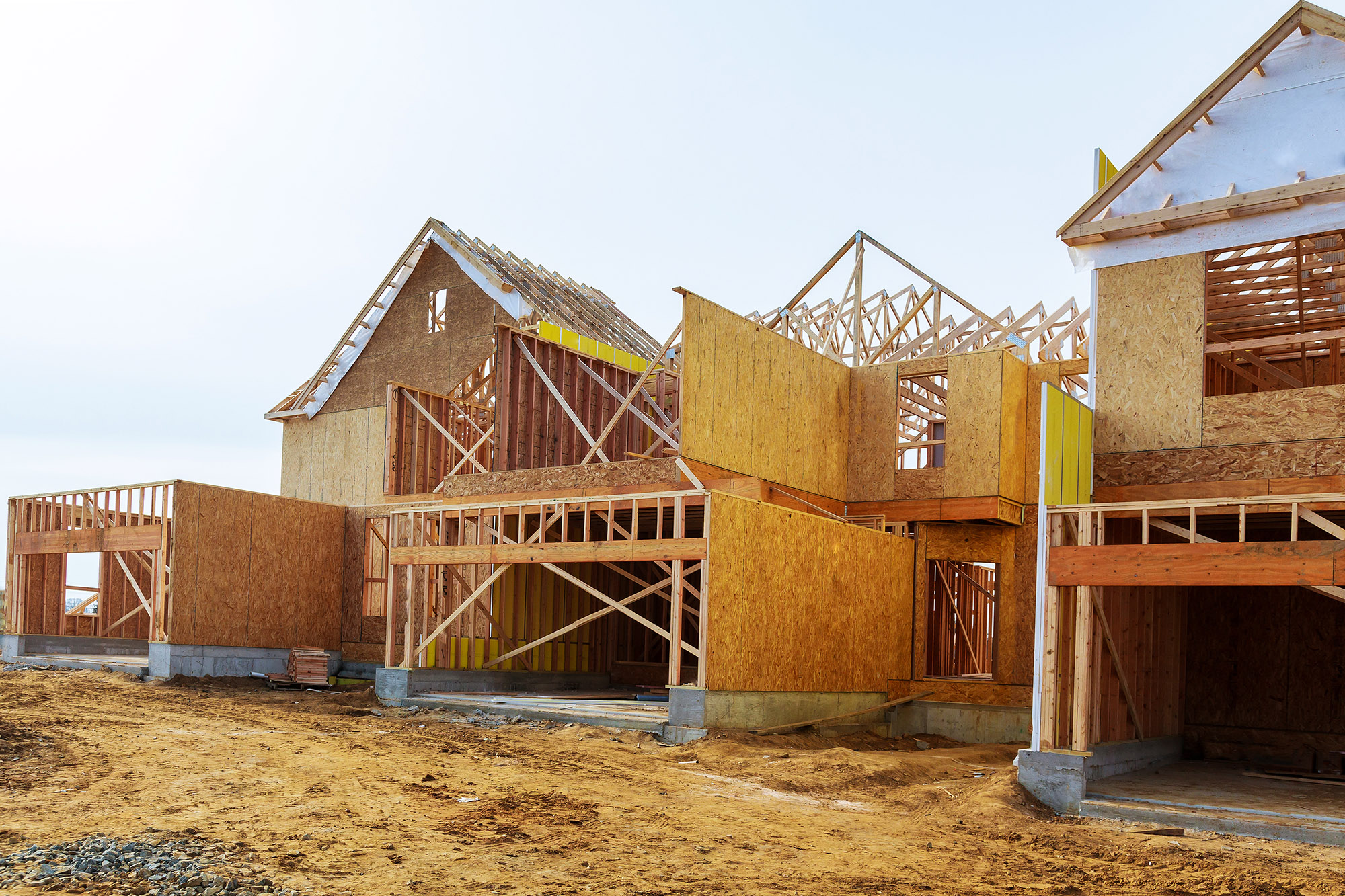Unease in the Housing Market Amid a Worsening Affordability Crisis
This year, the US housing market is shrouded in uncertainty. High home prices and interest rates have pushed sales to their lowest level in 30 years; insurance premiums and property taxes are on the rise; high rents have left record numbers with cost burdens and contributed to a sharp rise in homelessness; and devastating wildfires have highlighted the growing dangers of climate disasters.
Our new State of the Nation's Housing report, out today (livestream at 2pm ET), notes that state and local governments are ramping up efforts to tackle the affordable housing crisis, but the increasing possibility of an economic downturn threatens to deepen these challenges.
8 TAKEAWAYS FROM THE NEW REPORT
1. Renter Cost Burdens Hit Another Record High
For the third consecutive year, in 2023, the number of cost-burdened renters (those spending more than 30 percent of their income on housing and utilities) reached a record high at 22.6 million renters (50 percent). This includes more than 12.1 million (27 percent) who are severely burdened, spending more than half of their income on housing.
2. Rising Costs Encumber Homeowners, as Insurance and Property Taxes Increase
Homeowners are increasingly burdened by rising housing costs as well. In 2023, the number of cost-burdened homeowners rose by 646,000 to 20.3 million. The rising costs are partially explained by steep increases in insurance premiums (which jumped 57 percent from 2019 to 2024), with the sharpest increases in areas with the greatest risk of a climate-related disaster. Property taxes also increased an average of 12 percent between 2021 and 2023.
3. Home Sales Drop to a 30-Year Low
As of early 2025, home prices are up 60 percent since 2019 and the median existing single-family home price hit a new high of $412,500 in 2024. This is a shocking five times the median household income and significantly above the price-to-income ratio of 3 that has traditionally been considered affordable. As prices rose, existing home sales dropped to a 30-year low.
4. Builders Respond with Smaller Homes and Mortgage Rate Buydowns
New home sales, however, increased by 3 percent last year, with many builders producing homes that were smaller or had fewer amenities, cutting prices, or offering mortgage rate buydowns.
5. US Homeownership Rate Falls as First-Time Buyers Priced Out
Last year, monthly mortgage payments on the median-priced home rose to $2,570. This record-breaking payment is 40 percent higher than it was in 1990 and a buyer would need an annual income of at least $126,700 to afford it and the associated taxes and insurance costs. Only 6 million of the nation’s 46 million renters can meet this benchmark.
6. Rental Demand Strong But Construction Largely at High End of the Market
As fewer households have been able to become homeowners, the renter population has grown, jumping by 848,000 in 2024. This demand is absorbing the wave of new multifamily rental units: in 2024, multifamily developers completed 608,000 new units, the most in nearly four decades, but much of this construction was at the upper end of the market.
7. Reductions in Federal Supports Put Households at Risk
Proposed reductions in federal resources for crucial housing supports come at a time of record-high homelessness. In January 2024, fully 771,480 people were homeless, a 33 percent increase since January 2020.
8. Tariffs, Reduced Immigration, and Diminished Federal Support Create an Uncertain Future
The future of US housing is uncertain. Homebuilders estimate that the newly imposed tariffs on construction materials will increase new home prices by $10,900 apiece, and reduced immigration could shrink the already-thin labor pool. Roughly a third of construction workers are foreign-born, about twice the rate of the overall labor force.
There must be a concerted effort to do more to address the affordability and supply crises. The potential consequences of inaction are simply too harmful to the macroeconomy and the millions of households striving for a safe, affordable place to call home.

